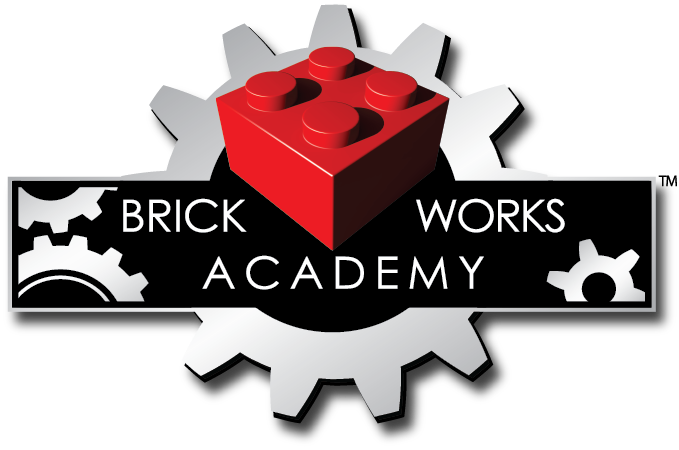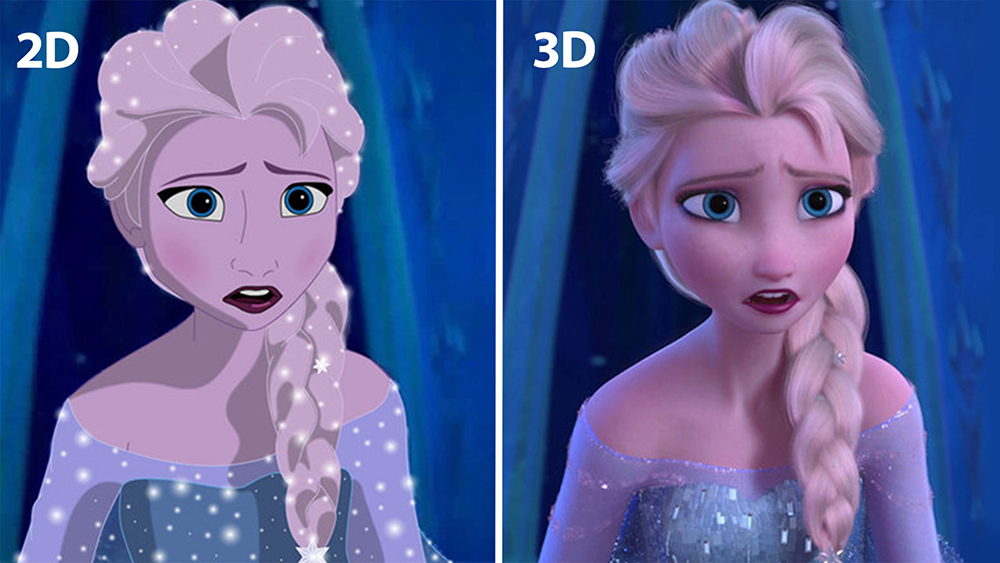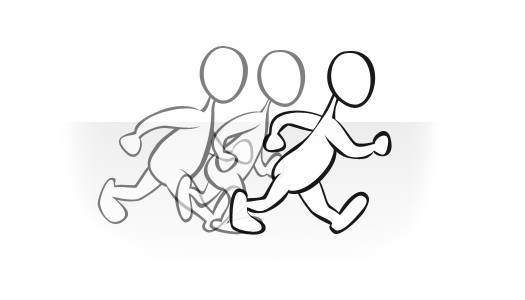Believe it or not, 2D Animation is EVERYWHERE. From TV shows, advertisements, movies, mobile apps, and video games, 2D Animation is the art of creating movement in a two-dimensional space that allows the creator to tell a story with unique characters, creatures, and special effects.
While in modern day we might expect most animation to be 3D, the use of 2D animation has a prevalent role in digital mediums around the world and is inspiring a new generation of creators. For these aspiring creators, Brick Works Academy has YouTube camps available where campers will learn various digital media tools.
So, how does 2D Animation work? Animation is actually the illusion of movement! This mind-trick is created when individual drawings are sequenced together over time, think of it as a digital flip book! One second of time is divided into 24 frames, which is most famously known as FPS. Depending on the style of storytelling, there can be as many as 24 unique drawings in one second of animation (24fps) or as little as two. While this process is sometimes referred to as traditional animation, mainstream 2D production has evolved from hand drawn processes using pencil and paper to the implementation of digital techniques using computer software instead! With the move to digital software, it has made the art of animation more accessible than ever, especially for kids, and provides learning benefits for them.
Animation is a great storytelling tool and means for expression in unique and easy-to-understand ways. The stories that we tell, and are told, shape the world around us. Learning how to animate gives children a chance to make something personal that represents their own ideas and embodies their own efforts. The amazing thing is that creating an animation doesn’t just involve creating a digital illusion of movement, it involves story building, character creation, scriptwriting, and drawing!
Animation fosters patience and problem-solving skills. As mentioned above, animation doesn’t just involve the animating itself. Sometimes, a 30-minute animation could take 3-6 months to complete as every movement in each frame per second matters! This forces kids to consider the limitations of their materials, evaluate strategies for creating different visual effects and plan ahead to achieve them, uniquely improving their technical and creative problem-solving skills.
Understanding how animation works foster more responsible media consumption. It may not be natural to put animation and media influence hand in hand, however, did you know most advertisements (even adult products like cars), target children and use some sort of animation to either edit or tweak a product to make it more desired. When children learn animation, they develop a more objective view of how animation is used and functions in the real world to help them become more critical thinkers.
Most tasks required to create animations can have positive effects on overall child studies. Animation involves observing real-life objects and depicting them on the screen. This involves physics (how objects hit each other and bounce back, how animals move), geometry (drawing shapes, views), anatomy (human and animal body structure), biology (textures of natural elements), mathematics (setting right frame per second) and more.




